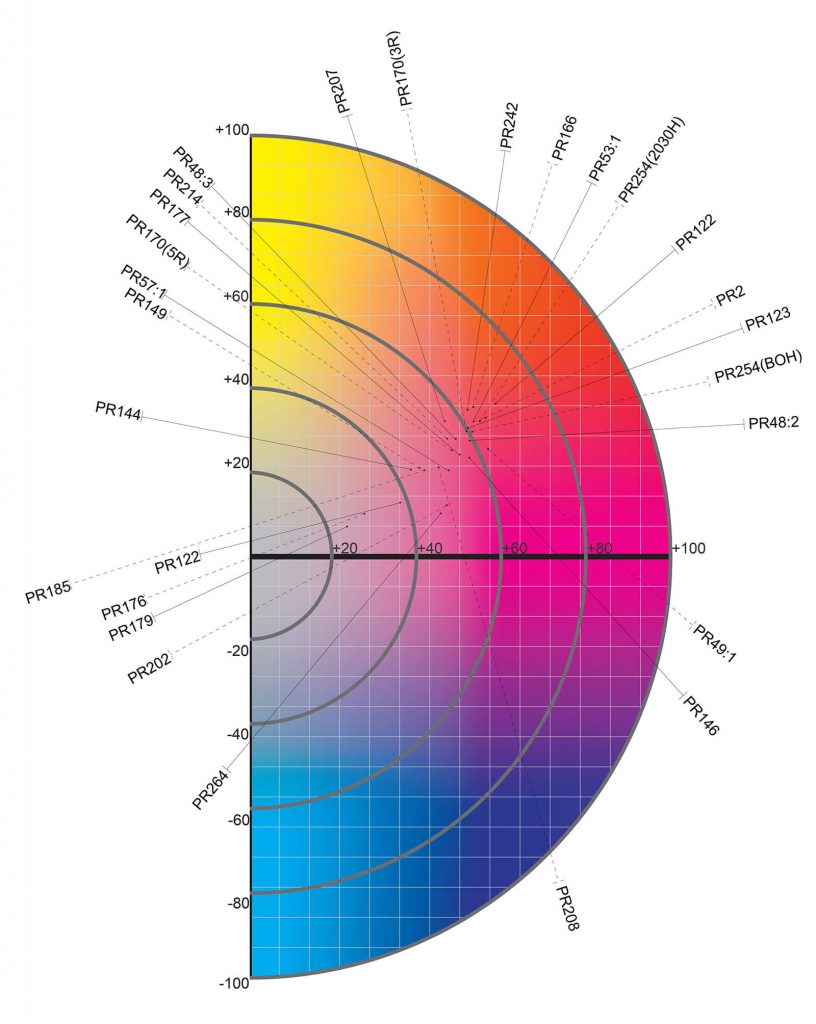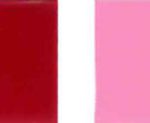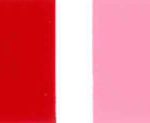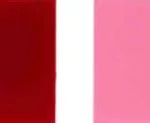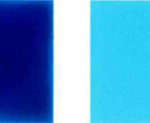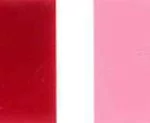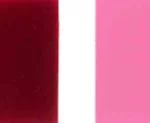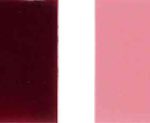Pigment Red 202-Corimax Red 202
Technische Parameter von Pigment Red 202
| Farbindex Nr. | Pigment Red 202 |
| Produktname | Corimax Red 202 |
| Produktkategorie | Organisches Pigment |
| CAS-Nummer | 3089-17-6 |
| EU-Nummer | 221-424-4 |
| Chemische Familie | Chinacridon |
| Molekulargewicht | 381.21 |
| Molekularformel | C20H10CI2N2O2 |
| PH Wert | 6.5-7.5 |
| Dichte | 1.5-1.75 |
| Ölabsorption (ml / 100 g)% | 30-60 |
| Lichtechtheit (Beschichtung) | 7-8 |
| Hitzebeständigkeit (Beschichtung) | 200 |
| Lichtechtheit (Kunststoff) | 7-8 |
| Hitzebeständigkeit (Kunststoff) | 280 |
| Wasserbeständigkeit | 5 |
| Ölbeständigkeit | 5 |
| Säurebeständigkeit | 5 |
| Alkalibeständigkeit | 5 |
Farbe | 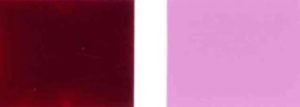 |
| Farbtonverteilung |
Eigenschaften:
Corimax Red 202 ist ein bläuliches Hochleistungspigment mit guter Echtheit und Wärmebeständigkeit.
Seine Hauptanwendung ist Farbe und Kunststoff.
Anwendung:
Empfohlen für Autolacke, Industrielacke, Pulverlacke, Druckpasten, PVC, Gummi, PS, PP, PE, PU, wasserbasierte Tinten, Lösemitteltinten, UV-Tinten.
Empfohlen für den Bau von Autolacken, Spulenstahlbeschichtungen und Offsetfarben.
Verwandte Informationen
Pigment Red 202 gives a stronger blue light red than 2,9-dimethylquinacridone (Pigment Red 122), excellent light and weather fastness, and is similar to C.I. Pigment Red 122 in application performance. It is mainly used for coloring automotive coatings and plastics, and transparent products with small particle sizes are used for double-layer metal decorative paints; it can also be used for packaging printing inks and wood coloring. There are 29 types of commercial brands on the market.
Aliase: CIPigment Red 202; PR202; Quinaridon Magenta 202; 2,9-Dichlor-5,12-dihydro-Quino [2,3-b] acridin-7,14-dion; PIGMENT RED 202; 2,9-Dichlorchinacridon
InChI: InChI = 1 / C20H10Cl2N2O2 / c21-9-1-3-15-11 (5-9) 19 (25) 13-8-18-14 (7-17 (13) 23-15) 20 (26) 12- 6-10 (22) 2-4-16 (12) 24-18 / h1-8H, (H, 23,25) (H, 24,26)
Molekulare Struktur: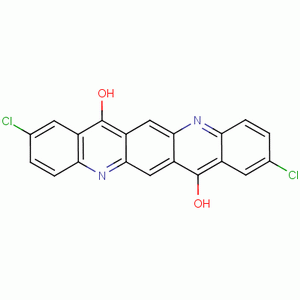
Physikalische und chemische Eigenschaften:
Farbton oder Licht: blau hellrot
Relative Dichte: 1,51-1,71
Schüttdichte / (lb / gal): 12,6-14,3
Partikelform: Flocke (DMF)
pH-Wert / (10% Aufschlämmung): 3,0-6,0
Ölabsorption / (g / 100 g): 34-50
Deckkraft: transparenter Typ
